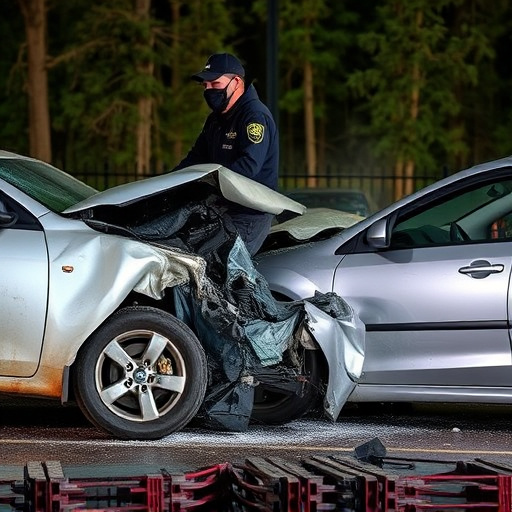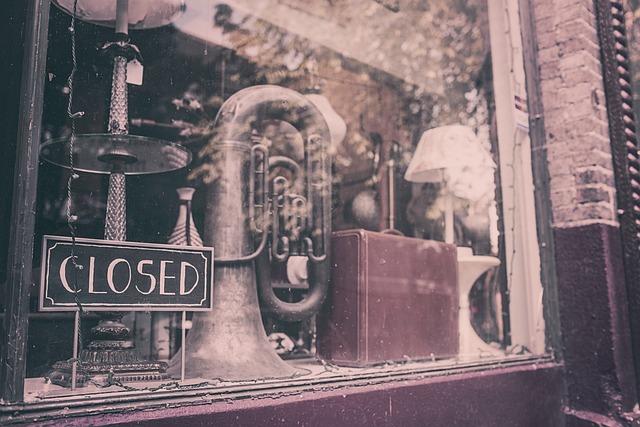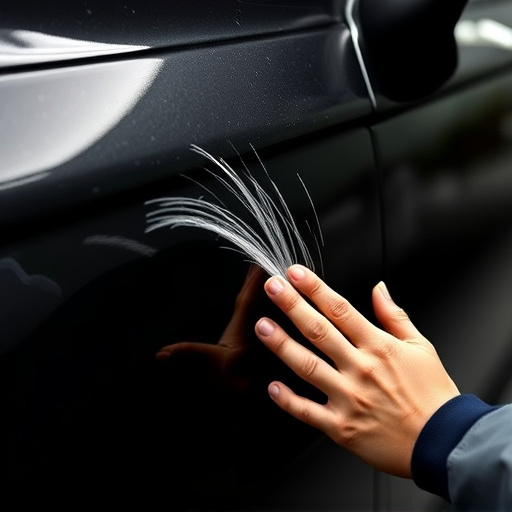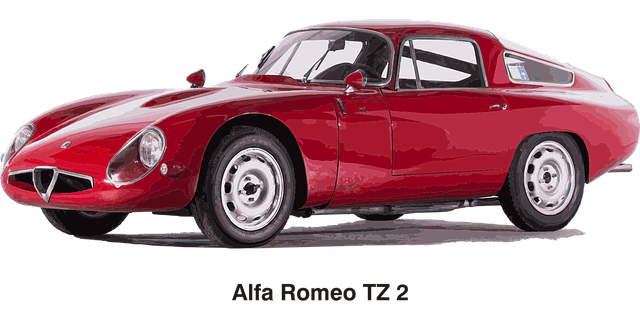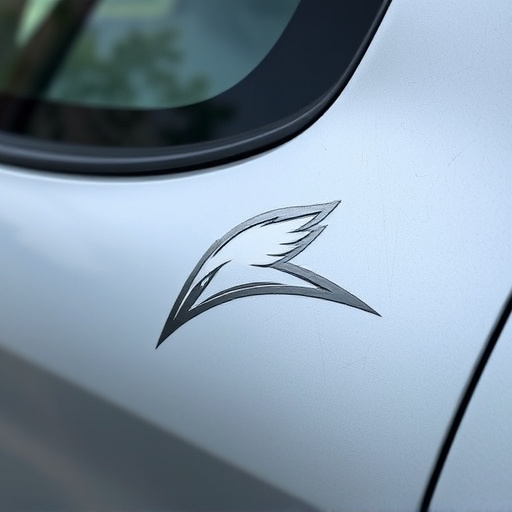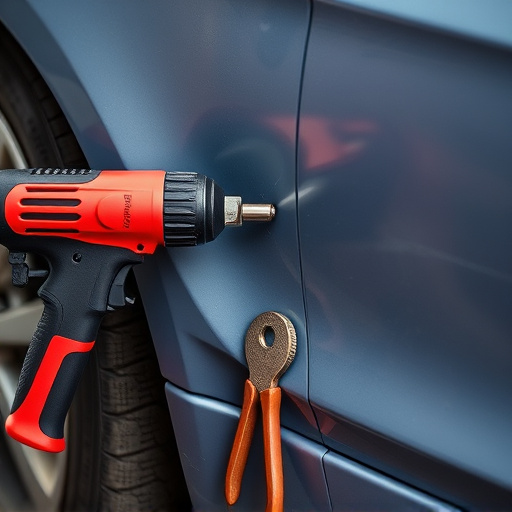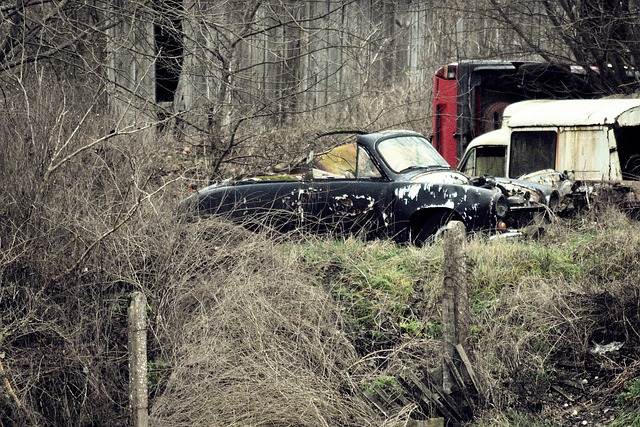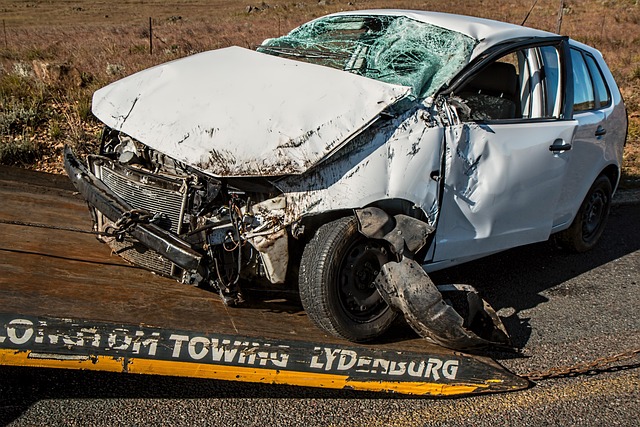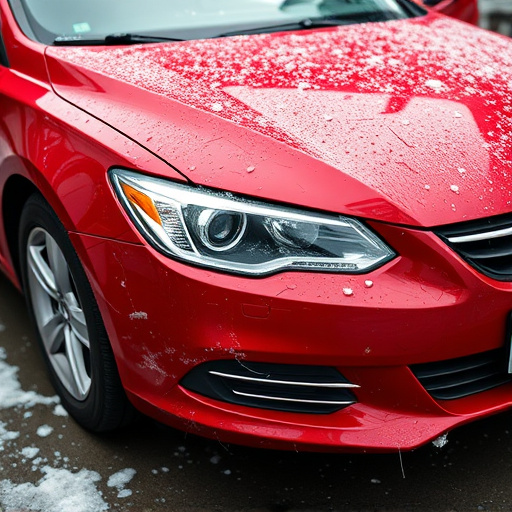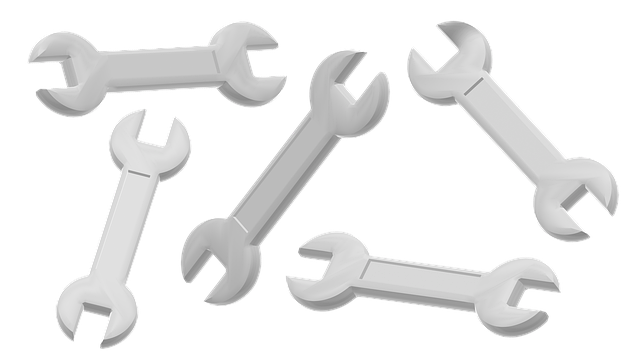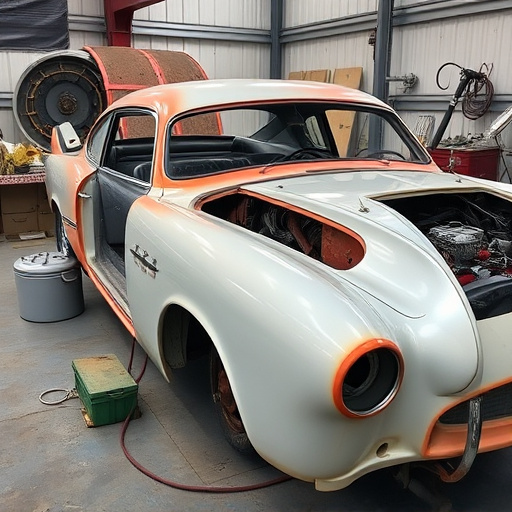Concours level repair sets a high standard for automotive excellence, focusing on both aesthetic restoration and structural integrity. It requires technical prowess, precision, and artistic talent to address every imperfection in bodywork and tire service, honoring the vehicle's historical essence. In classic car restoration, creativity is key, balancing historical accuracy with modern innovation while understanding the cultural context of each era. This approach produces unique, captivating classics that resonate with enthusiasts and experts alike, showcasing a testament to automotive history.
In the realm of classic car restoration, originality is a prized attribute. Concours-level repairs demand meticulous attention to detail, but going beyond technical proficiency is crucial—originality sets apart exceptional work. This article delves into the significance of originality in concours-level repair evaluation, exploring how it influences judging criteria and cultivates a unique art form. From understanding strict standards to fostering creative approaches, we uncover why maintaining authenticity is paramount for top honors in classic car shows.
- Understanding Concours Level Repair Standards
- The Impact of Originality on Evaluation Criteria
- Fostering Creativity in Classic Car Restoration
Understanding Concours Level Repair Standards
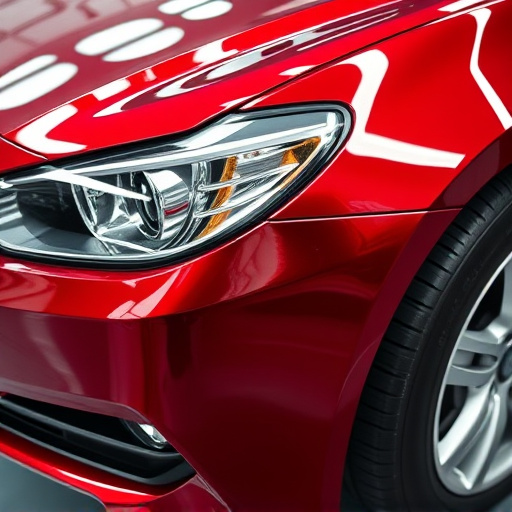
Concours level repair standards are a benchmark set for automotive enthusiasts and professionals alike to strive for excellence in vehicle restoration. This meticulous process involves not just fixing, but also enhancing the aesthetic and structural integrity of cars, often to their original or even better-than-original state. It’s more than just repairing; it’s about preserving history and craftsmanship.
In the realm of automotive repair, specifically frame straightening and vehicle collision repair, achieving concours standards requires a delicate balance of technical expertise, precision, and artistic skill. Every dent, scratch, and misalignment must be meticulously addressed to ensure the final product is a testament to the car’s original design, reflecting its true potential in a bustling marketplace for classic and modern vehicles alike.
The Impact of Originality on Evaluation Criteria
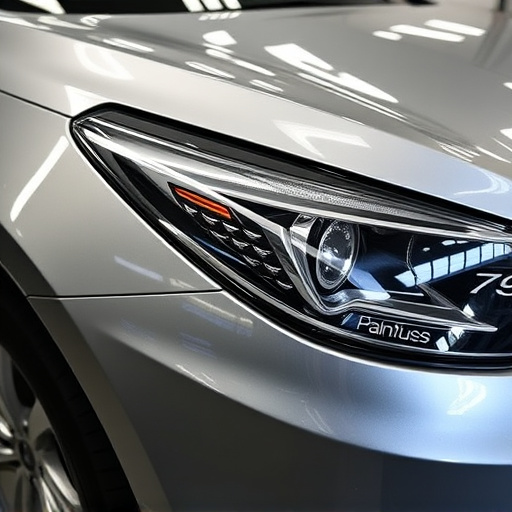
Originality plays a pivotal role in the evaluation criteria for concours level repairs, setting this standard apart from ordinary auto repair. Beyond mere technical proficiency, it demands an artisan’s touch, where the restoration accurately mirrors the original design intent while showcasing a unique approach to detailing and finishing. This isn’t merely about achieving perfect paint job or flawless panel fit; it involves preserving the vehicle’s historical essence, making each repair a testament to the craftsmanship and creativity of the restorer.
Judges scrutinize every aspect, from the meticulous handling of intricate details in the vehicle bodywork to the precision in tire services, ensuring that no detail is overlooked. Originality here isn’t about reinventing the wheel but rather about presenting a vision that combines respect for the past with innovative solutions, ultimately elevating the concours level repair to an art form.
Fostering Creativity in Classic Car Restoration
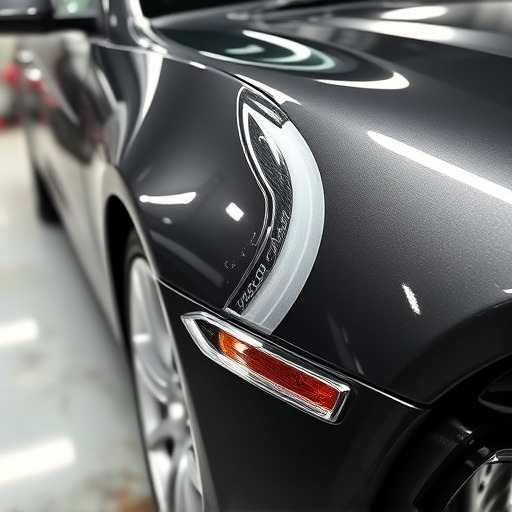
In the realm of classic car restoration, creativity is a game-changer that sets apart exceptional artisans from the rest. When it comes to achieving concours level repair, merely replicating existing standards isn’t enough; innovators must push boundaries and bring fresh ideas to the table. This art form demands a delicate balance between preserving historical accuracy and injecting modern ingenuity. Artisans must be unafraid to explore unconventional techniques and materials while staying true to the original design intent.
Fostering creativity in Mercedes Benz repair, for instance, involves not just mastering the intricacies of car bodywork but also understanding the cultural and historical context of each era. A top-tier collision repair shop should encourage experimentation with finishes, colors, and even modern digital tools to enhance vintage vehicles. By embracing these practices, restorers can ensure that each restored classic is a unique testament to automotive history, captivating both enthusiasts and experts alike.
In conclusion, maintaining originality in concours level repair is paramount for preserving classic cars’ historical integrity. By understanding precise evaluation criteria and fostering a culture of creativity, restorers can ensure these vehicles are presented authentically. This approach not only elevates the art of restoration but also maintains the value and uniqueness of each prized classic car.
